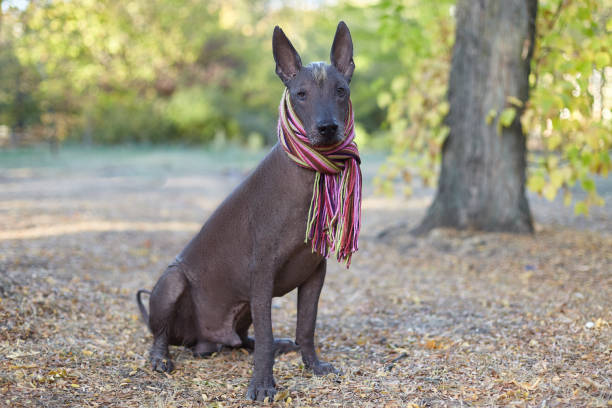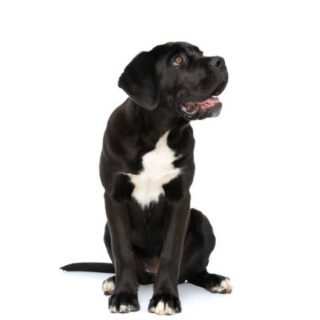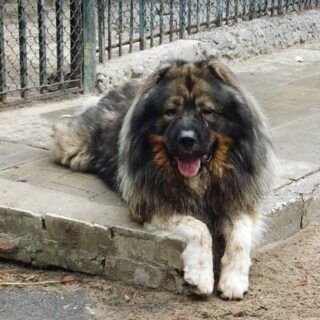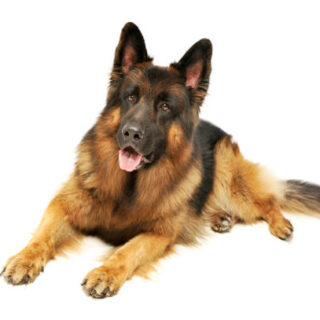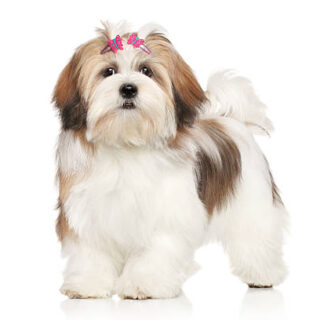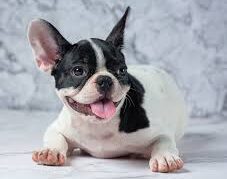Your cart is currently empty!

Single Product
Xoloitzcuintle (Mex Hairless)
Xoloitzcuintle (Mex Hairless) Xoloitzcuintle (Mex Hairless): The Mexican Hairless dog come in three sizes, all descending from the standard size which originated it is thought from the Colima dog of Western Mexico. Its name (pronounced sholo-its-quintli) means dog of the god Xolotl who was the Aztec god of deformed things, and the hairless body qualified…
Description
Xoloitzcuintle (Mex Hairless)
Xoloitzcuintle (Mex Hairless): The Mexican Hairless dog come in three sizes, all descending from the standard size which originated it is thought from the Colima dog of Western Mexico.
Its name (pronounced sholo-its-quintli) means dog of the god Xolotl who was the Aztec god of deformed things, and the hairless body qualified the breed for that description. Sadly the early function of the breed was as a source of food without hair and therefore oven ready: a sad thought. However, in direct contrast to their nomenclature, the breed also has a coated variety which is more rarely seen.
General appearance of Xoloitzcuintle (Mex Hairless)
Both hairless and coated are identical in type and conformation, differing only in coat and dentition. All three sizes have the same harmonious proportions. Sturdy and athletically built. The body is slightly longer than high, when measured from the point of shoulder to the point of buttock and from the point of withers to the ground; approximately 10 to 9. Females may be slightly longer than males.
Hairless variety: Complete or almost complete lack of hair on the body, with a smooth and soft skin.
Coated variety: completely short coated, which is tight, flat and smooth, with no undercoat.
Xoloitzcuintle (Mex Hairless) Characteristics
A natural, primitive type, slim and elegant, moderate in all respects. In hairless dogs, the body feels warm to the touch.
Xoloitzcuintle (Mex Hairless) Temperament
Cheerful, alert and intelligent. Can be aloof and wary with strangers. Good watchdog and excellent companion. Never aggressive.
Xoloitzcuintle (Mex Hairless) Head and skull
Viewed from above, the head is wedge shaped, broad, strong and elegant, tapering towards the muzzle. The occiput not prominent. The depth, width and length of skull should be approximately equal. Slight but defined stop. Seen from the side the muzzle is straight with strongly developed jaws. Planes of skull and muzzle almost parallel and of equal length. Moderately developed cheeks. Nose self coloured to blend with skin/coat colour. Lips tight and close fitting.
Eyes
Medium size, almond shaped. Alert and intelligent expression. Colour varies according to skin/coat colour, i.e. black, brown, hazel, amber or yellow tones. Darker colours are preferred. Eye rims well pigmented: black, brown or grey in dark coloured dogs to tone with skin/coat colour. Light coloured or pink eye rims are tolerated in light coloured dogs but not desirable. Blue or wall eyes highly undesirable.
Ears
Always erect when alert. Set on slightly obliquely. Long, large, very elegant and of fine texture. Due to their fine texture it is not uncommon to have notches in the edges.
Mouth
Jaws strong with a perfect, regular and complete scissor bite, i.e. upper teeth closely overlapping lower teeth and set square to the jaws. A level bite is permitted.
In the hairless variety, the absence of a few teeth, or presence of rotated teeth, should not be penalised.
Neck
Proportionately long with head held high, slightly arched, very elegant and well muscled. Skin tight and firm.
Forequarters
Shoulders moderately laid back with flat muscles. Good angulation of shoulder and upper arm. Elbows firm and held close to the chest, never turned outward. Forelegs of good length, straight when viewed from the front. Pasterns firm and almost perpendicular.
Body
Sturdy and athletically built. Back firm, straight and level with strong, muscular loin and slightly rounded croup. Forechest not exaggerated. Ribcage long and deep, reaching to the elbows, well sprung giving good width to chest. Moderate tuck up.
Hindquarters
Well developed first and second thigh with moderately angulated stifles to balance the angulation of the shoulder. Viewed from behind, the rear legs are perfectly straight and parallel. Hocks clean and well let down, turning neither in nor out.
Feet
Of medium length (hare foot) with toes semi-arched and close together. Nails self coloured. Pads strong and resilient. Short hairs may be present in the hairless variety.
Tail
Set as an extension of the croup. Long, thin and tapering from base to tip, almost reaching the hock. At rest, hangs with a slight curve at the end. When moving, held high in a curve but never touching the back.
Xoloitzcuintle (Mex Hairless) Gait/movement
Graceful and balanced. Free with a long, elegant, springy step. The trot is quick and flowing with head and tail carried high, maintaining a level topline.
Coat
Hairless variety: The skin on the neck is firm, elastic, yet close fitting and without dewlap. The skin is of great importance. It is smooth, sensitive and feels very warm to the touch. Scars are not to be penalised including on ears. The main characteristic of the hairless is the total or nearly total lack of hair, although there may be some short tufts of coarse hair on the forehead, face and back of the neck. This hair may be any colour but should not reach more than 2.5 cm in length. It is common to find short hairs on the feet and at the end of the tail.
Coated variety: Single coat which is short, flat and close fitting. Coat uniform in density and texture. Very little hair on the belly and inside rear legs. Hair longer than 2.5 cms is undesirable.
Xoloitzcuintle (Mex Hairless) Colour
Solid, uniform and dark colours are preferable; black, grey in any shade, red, liver, bronze and blonde. There may also be spots of any colour, including white markings.
Size
Intermediate 3645 cms (1417¾ ins).
Faults
Any departure from the foregoing points should be considered a fault and the seriousness with which the fault should be regarded should be in exact proportion to its degree and its effect upon the health and welfare of the dog and on the dogs ability to perform its traditional work.
Note
Male animals should have two apparently normal testicles fully descended into the scrotum.
